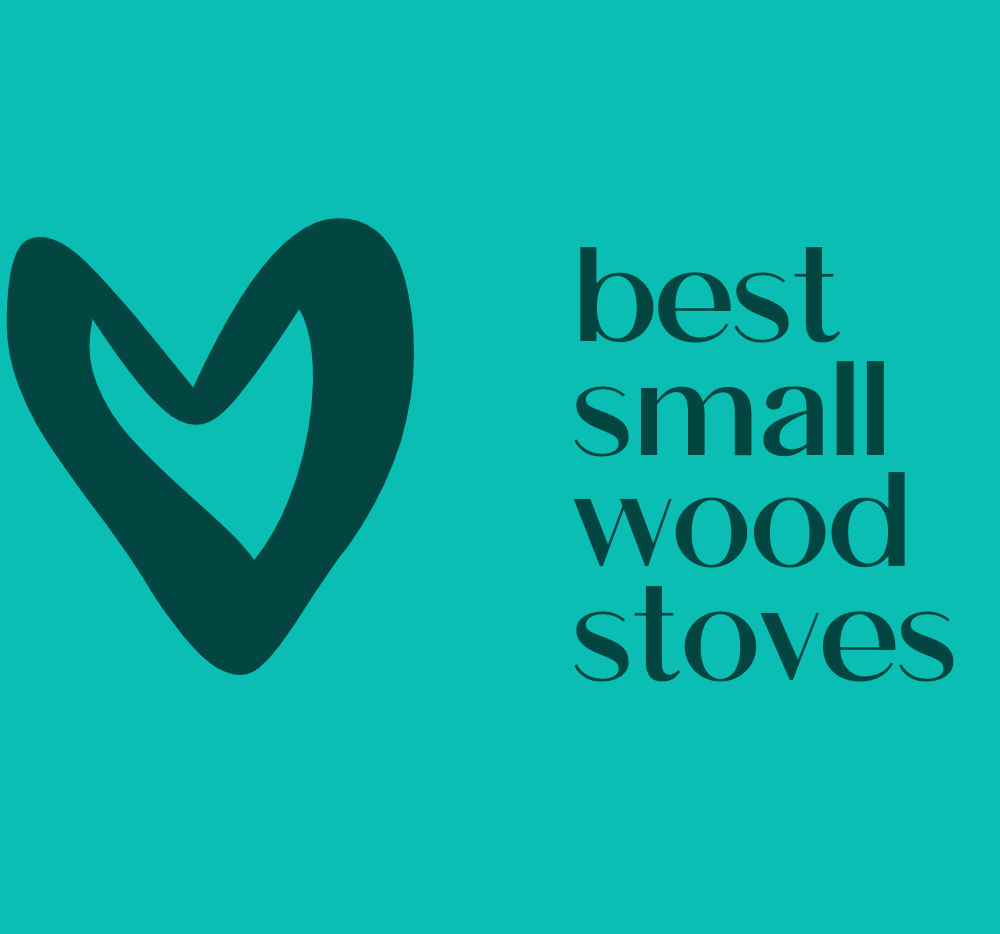Certified Wood: Understanding FSC and PEFC Labels
As an environmentally-conscious consumer, I strive to make sustainable choices when it comes to the products I buy. That’s why I believe in the importance of certified wood.
In this article, I will delve into the world of FSC and PEFC labels, two certifications that help us identify wood products that have been responsibly sourced. By understanding the key differences between these labels, we can make informed decisions and contribute to a healthier planet.
Let’s explore the fascinating world of certified wood together.
Key Takeaways
- FSC and PEFC labels are important for identifying certified wood products and promoting sustainable practices.
- FSC has stricter standards and places a stronger emphasis on environmental impact, while PEFC has a more flexible approach and focuses on sustainable forest management.
- FSC is more widely recognized, but PEFC is gaining recognition in the market.
- Choosing certified wood and supporting companies prioritizing sustainability contributes to the reduction of deforestation, protects biodiversity, helps combat climate change, and promotes the preservation of forests.
The Importance of Certified Wood
I understand the importance of certified wood in promoting sustainable forestry practices. Certified wood refers to wood that comes from responsibly managed forests. These forests have been certified by independent organizations to ensure that they meet specific environmental and social standards.
There are several benefits of using certified wood in construction and other industries.
Firstly, certified wood helps to protect our forests. By choosing wood that comes from sustainably managed forests, we’re supporting practices that conserve biodiversity, protect wildlife habitats, and prevent deforestation.
Secondly, certified wood promotes the well-being of local communities. Sustainable forestry practices often involve providing fair wages, safe working conditions, and respecting the rights of indigenous peoples. By using certified wood, we can contribute to the social and economic development of these communities.
Finally, certified wood helps to combat climate change. Sustainable forestry practices involve planting new trees to replace those that have been harvested. Trees absorb carbon dioxide from the atmosphere, acting as carbon sinks and helping to mitigate climate change.
In conclusion, using certified wood has numerous benefits for both the environment and society. It helps to protect forests, supports local communities, and contributes to the fight against climate change.
Now, let’s delve into what the FSC label entails and how it relates to certified wood.
What Is the FSC Label
As a consumer, I can easily identify products that are sustainably sourced by looking for the FSC label. The FSC, or Forest Stewardship Council, is an internationally recognized certification that ensures wood products come from responsibly managed forests.
Here are three benefits of the FSC label:
-
Environmental Responsibility: The FSC certification guarantees that the wood used in the product has been harvested from forests that are managed in an environmentally responsible manner. This means that the forests are protected, biodiversity is preserved, and the ecosystem is maintained.
-
Social Benefits: The FSC label also takes into account the social aspects of forest management. It ensures that the rights of indigenous peoples and local communities are respected, and that workers are treated fairly and provided with safe working conditions.
-
Economic Sustainability: By purchasing products with the FSC label, consumers support the economic sustainability of forest-dependent communities. This certification helps create jobs and promotes local economies, while also ensuring the long-term availability of wood resources.
Understanding the PEFC Certification
The PEFC certification ensures that products come from forests that are responsibly managed and meet strict environmental and social standards. This certification is a way for consumers to identify wood and wood-based products that have been sourced from sustainably managed forests. The PEFC, or Programme for the Endorsement of Forest Certification, is an international non-profit organization that promotes sustainable forest management through its certification system.
One of the key benefits of the PEFC certification is its focus on social and environmental responsibility. Forests that are certified by PEFC must adhere to strict standards that cover a wide range of criteria, including biodiversity conservation, protection of indigenous peoples’ rights, and the prohibition of the use of hazardous chemicals. By choosing products with the PEFC label, consumers can be confident that they’re supporting forest management practices that prioritize the health and wellbeing of both people and the planet.
When comparing PEFC to the FSC certification, there are some key differences to consider. While both certifications aim to promote sustainable forestry, the PEFC certification is often seen as more accessible and cost-effective for small and medium-sized forest owners. Additionally, the PEFC certification has a broader geographic scope, with certified forests located in over 50 countries around the world.
Key Differences Between FSC and PEFC Labels
When comparing the two certifications, I found that the PEFC label is often considered more accessible and cost-effective for smaller forest owners. Here are three key differences between the FSC and PEFC labels:
-
Label standards:
The FSC label is widely recognized and has stricter standards when it comes to protecting forests and promoting sustainable practices. It requires a more comprehensive assessment of the entire supply chain, from forest management to processing and distribution. On the other hand, the PEFC label has a more flexible approach, allowing for the adaptation of standards to local conditions and legal requirements. This makes it easier for smaller forest owners to meet the certification criteria. -
Environmental impact:
While both labels aim to promote sustainable forestry practices, the FSC label places a stronger emphasis on environmental impact. It requires the conservation of high conservation value forests, protection of endangered species, and the use of environmentally friendly chemicals in the production process. The PEFC label, although it also considers environmental aspects, focuses more on the sustainable management of forests and ensuring responsible sourcing. -
Market recognition:
The FSC label is more widely recognized and preferred by many consumers and organizations, especially in Europe and North America. It’s often seen as the gold standard for sustainable forestry. The PEFC label, although gaining recognition, is still not as well-known. However, it’s more prevalent in countries like Australia, Brazil, and Russia.
Understanding these differences can help forest owners make an informed choice when deciding which certification to pursue. Ultimately, both the FSC and PEFC labels play a vital role in promoting sustainable forestry practices and ensuring the responsible sourcing of wood products.
Making Sustainable Choices: How to Identify Certified Wood Products
I can easily identify sustainable wood products by looking for specific labels or certifications. As a consumer, it’s important to be aware of the environmental impact of the wood products we purchase. By choosing certified wood, we can contribute to the preservation of our forests and promote sustainable practices.
One key label to look for is the Forest Stewardship Council (FSC) certification. This label ensures that the wood comes from responsibly managed forests that meet strict environmental and social standards. The FSC certification guarantees that the wood is harvested in a way that protects biodiversity, prevents deforestation, and respects the rights of local communities.
Another important certification is the Programme for the Endorsement of Forest Certification (PEFC) label. Similar to the FSC, the PEFC certification ensures that the wood comes from sustainably managed forests. It also takes into account the social and economic aspects of forest management.
By being aware of these labels and certifications, we can make informed choices as consumers. We can support companies that prioritize sustainability and contribute to the reduction of our environmental impact.
Frequently Asked Questions
How Do FSC and PEFC Labels Contribute to the Conservation of Forests?
FSC and PEFC labels play a vital role in conserving forests by promoting sustainable forest management practices. The economic benefits of FSC and PEFC certification encourage businesses to adopt sustainable practices, reducing deforestation and promoting reforestation.
Additionally, consumer demand for certified wood drives the need for sustainable sourcing, ensuring that forests are managed responsibly. By choosing products with FSC and PEFC labels, consumers can actively contribute to the conservation of forests and support the long-term health and sustainability of our ecosystems.
Are There Any Specific Requirements for a Product to Be Labeled With the FSC or PEFC Label?
To obtain the FSC or PEFC label, specific requirements must be met. These labels serve as a trusted representation of sustainable forest management practices.
The process for obtaining certification involves rigorous audits and assessments to ensure compliance with strict criteria. Additional certifications may also be required depending on the type of wood product.
These labels provide consumers with confidence that the forest or wood product they’re purchasing has been responsibly sourced and supports the conservation of forests.
Can the FSC or PEFC Labels Be Trusted to Accurately Represent Sustainable Forest Management Practices?
The trustworthiness of the FSC label and the credibility of the PEFC label in accurately representing sustainable forest management practices are important considerations.
It’s essential to evaluate the criteria and standards set by these labels to determine their reliability. Factors such as transparency, third-party verification, and stakeholder engagement play a crucial role in establishing trust in these certification systems.
Are There Any Additional Certifications or Labels That Consumers Should Look for When Purchasing Wood Products?
When purchasing wood products, it’s important to look for additional certifications and labels that ensure sustainable sourcing.
One interesting statistic to consider is that over 90% of the world’s forests aren’t certified, highlighting the need for more eco-friendly alternatives.
Some additional certifications to look for include the Sustainable Forestry Initiative (SFI) and the Programme for the Endorsement of Forest Certification (PEFC).
These labels provide reassurance that the wood products you’re purchasing are sourced responsibly and in an environmentally friendly manner.
What Is the Process for Obtaining FSC or PEFC Certification for a Forest or Wood Product?
The certification process for obtaining FSC or PEFC certification for a forest or wood product involves thorough evaluation and adherence to specific criteria. It includes assessments of forest management practices, such as sustainable harvesting and biodiversity conservation.
The certification process also involves audits and inspections by independent third-party organizations to ensure compliance with the certification standards.
This rigorous process ensures that certified wood products come from responsibly managed forests and promote environmental and social responsibility.
Conclusion
In conclusion, choosing certified wood products is crucial for promoting sustainability and responsible forestry practices. The FSC and PEFC labels provide assurance that the wood comes from well-managed forests.
Understanding the key differences between these certifications is essential in making informed choices. By identifying and supporting certified wood, we contribute to the preservation of our natural resources and the protection of our environment.
So, next time you’re in the market for wood products, remember to look for these certifications and make a sustainable choice.










